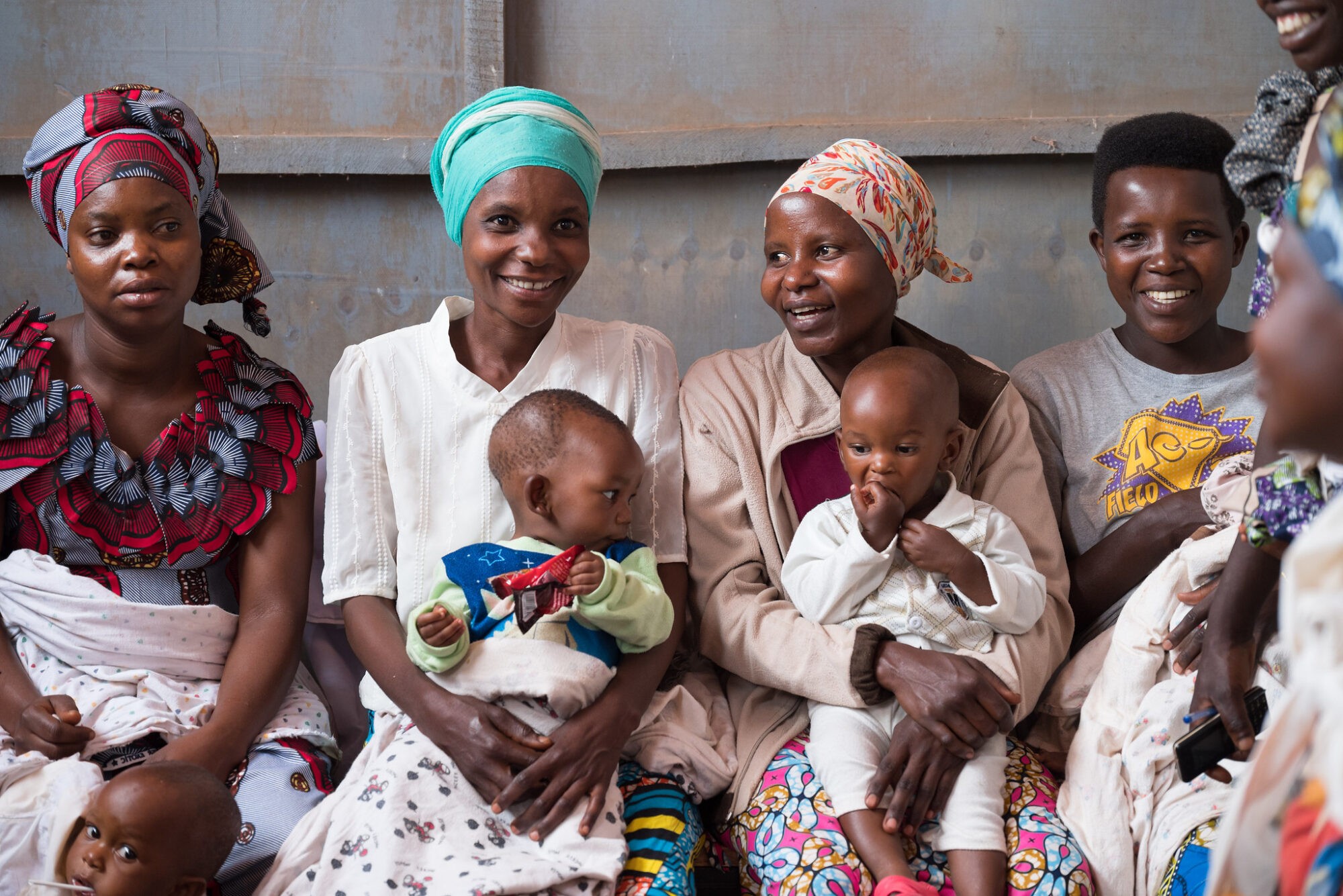Webinar
Country Adaptations to Global Health Threats
Thursday, March 27th, 2025
Key insights:
In the face of global health threats, sustaining uninterrupted HIV services for pregnant and breastfeeding women (PBFW) and their infants remains a critical priority. As part of its emergency response framework, the HIVE network launched a webinar series titled “Sustaining HIV Vertical Transmission Prevention in the Face of Threats to Global Health Funding,” to foster cross-country learning and collaboration. The March 27, 2025, session brought together voices from UNAIDS, Kenya, and HIV recipient of care to explore the effects of global funding shifts and share national strategies for maintaining vertical transmission prevention (VTP). The session underscored the importance of strengthening resilience and preserving the gains made in eliminating vertical transmission of HIV.
The webinar highlighted how global funding cuts, particularly reductions in U.S. support, have triggered major service disruptions. According to UNAIDS, over 26,000 adult and nearly 3,000 child deaths have already occurred globally, with an estimated 350,000 new pediatric infections projected over the next four years if services are not restored. In Kenya, where 80% of HIV commodities depend on donors, HIV testing among pregnant women fell from 55% to 35% in one month, ART initiation dropped from 96% to 83%, and infant prophylaxis coverage declined from 95% to 46%. Supply chain bottlenecks, workforce shortages, and delayed viral load and EID testing have all compounded the crisis. These disruptions threaten to reverse hard-won progress in vertical transmission prevention.
In response, countries are adopting both short-term mitigation measures and long-term sustainability strategies. Kenya has redistributed HIV commodities, hired temporary staff, and integrated VTP into broader primary healthcare systems. Longer-term solutions include digitizing health records, pursuing policy reforms, and advocating for the absorption of donor-supported health workers into the public sector. Community-led responses have also proven essential—Uganda’s Munonye Campaign was spotlighted for its success in linking HIV-exposed infants to care and sustaining services at the grassroots level. These efforts reflect a growing commitment to domestic resilience and the institutionalization of HIV services to withstand future shocks.

